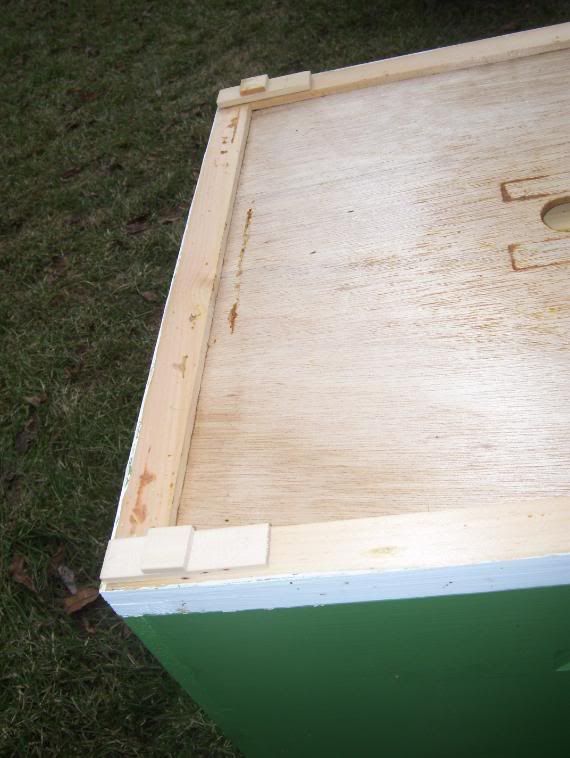So to vent the migratory top you just place something small between the top and medium? Say a twig or a nail?

I put these at the front over my inner cover, with a telescoping lid over top. Remember, I'm in PA, so our weather brings different considerations. With our wind, this seems to keep my inner cover dry with no snow or water blowing in too. If your migratory top had a little overhang, that probably wouldn't be as much of a consideration though...
In my opinion, the inner cover is really worth having too. You can feed over the center hole, affix a bee escape into it, or even just rely on it to keep the outer cover from getting quite so glued down.
Now, I will say this about my observations for this year and our expectations for a hard winter - aside from our heavy acorn and hickory crop, bumper fruit crops, odd blooming schedules, drones being evicted early, and all the other odd environmental 'quirks' that we've been having this year, my bees have been doing something this fall that they haven't been doing other years - they've been going above the inner cover and trying to glue the outer cover down anyway. This is definitely NOT the norm for this area, and I'd say that this and the unusually high amount of propolis production this year might be an even further indicator that we're about to get walloped this winter. Beware.
Oh, and Rast - I think your problem is too many bees in your boxes - they're probably spilling out over the top and that's why you're smashing so many. I think this might help - take your queen, put her in a queen cage, then shake about 3lbs. of bees into a package, add the queen with attendants, and send to me. That'll help with your overabundant population. I hope this helps. ;)